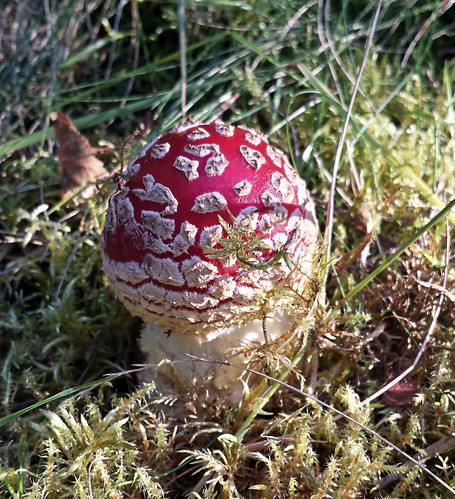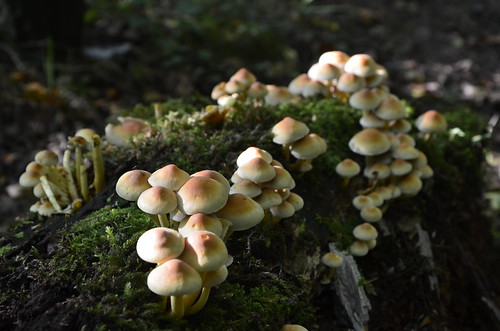It’s that time of year again. I was moving wood from a delivery into the shed earlier, trug by painful trug (the weekend’s sea kayaking has broken me), and a long V of geese flew in overhead. I sometimes wonder why they talk to each other incessantly as they fly. It looks like so much effort to keep those big bodies up, wings incessantly flapping.
There was a second, smaller V, and a couple of geese broke free from this as I watched, trying to join the larger one. I imagined them worrying about directions — they’re all following Jemima, maybe they know something we don’t; maybe Steve doesn’t have a clue where he’s going and he’s going to turn left over there when he should turn right — as they beat the air furiously with those long wings, slightly akimbo in their sprint across the gap, all against a background chorus of slightly squeaky, syncopated honks I could hear before I spotted the birds and long after they had passed.
I felt the season turn a couple of weeks ago, and while I’m sad to see the back of summer, with its sunny beaches, garden barbecues, fledgling birds, wonderful flowers and hazy warm days of having every window open in this granite fridge we call a house, Autumn has always been my favourite time of year. Here in Scotland we often get the best of the year’s weather in a blissful window on the cusp where summer gives way to autumn; it’s as if the sun realises we are given short change on that front (excuse the pun) and throws an extra week or so of blue skies our way just when we think the cold rains have arrived. It’s warm, but not too warm, with cool, crisp mornings and spectacular sunsets.
It’s fungus season, too. I took this picture in Aviemore at the very end of August:
Fly Agaric is so beautiful when it breaks through its hood, the red still glossy, the cap unblemished.
This one I took in Keil’s Den, Fife, a couple of weeks later.
These are Sulphur Tufts, named both for their colour and habit of clumping together. I love taking pictures of fungus. They can be so whimsical.
Speaking of whimsy, yet another story that was supposed to be a flash has grown arms and legs. I’m wrestling my way through thick undergrowth to the end, trusting I can cut it back to something manageable once I’m there. While I thoroughly recommend Rand’s The 10% Solution — especially if you often get comments from crit buddies along the lines of overly wordy, padded prose or over-written — sometimes the machete has to come out before the secateurs.



